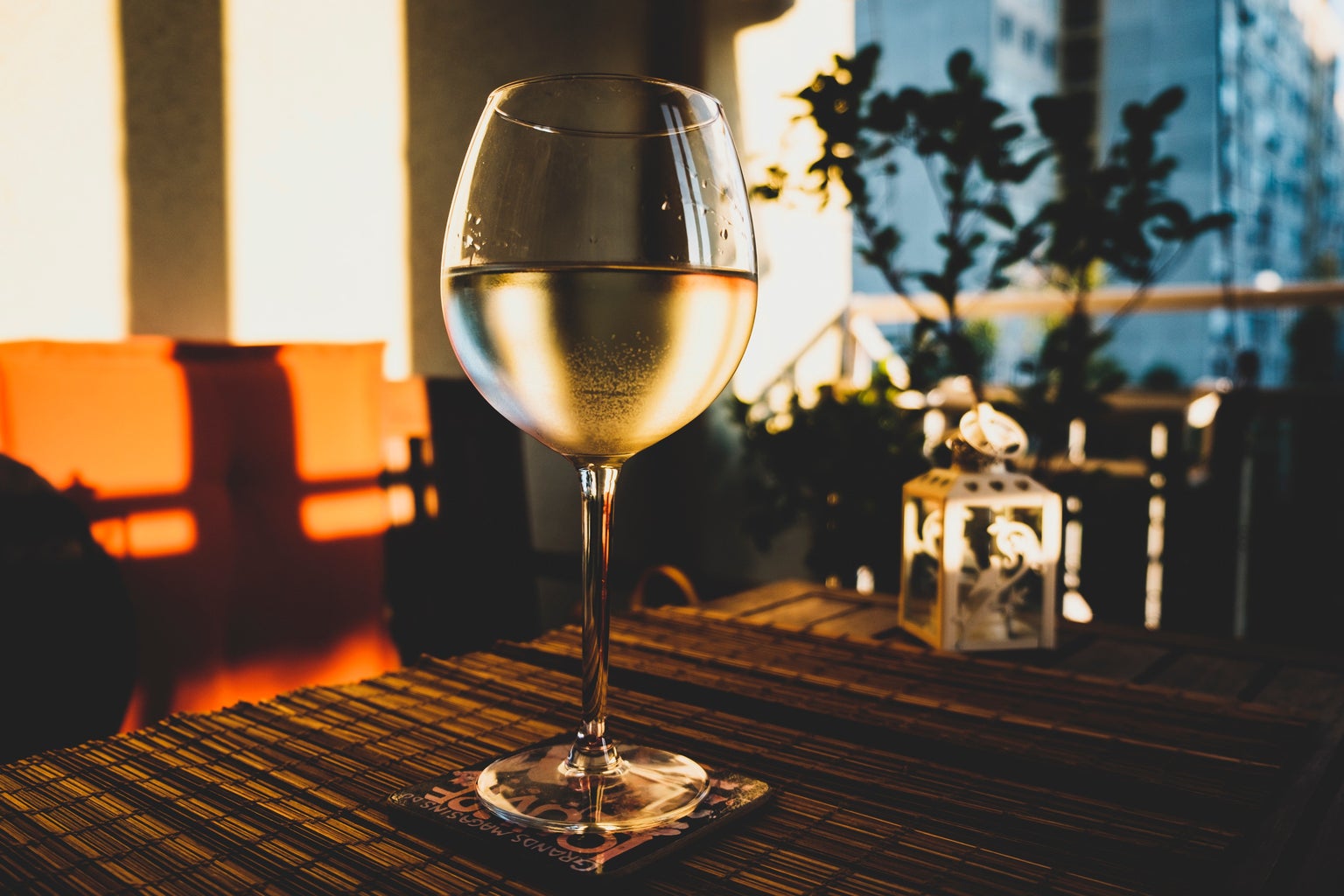*Disclaimer: this article is intended for those 21 years and older*
Like most 22 year olds, I never gave much thought as to which wine I would drink with my dinner. I would simply go to the nearest gas station and pick up any wine under $20, and the most thought I would give to it is whether I was in the mood for red or white. I then realized (with the help of my parents) that wine is much more complex than most people give it credit for. How should you pick between a red and white? What’s the difference between a Sauvignon Blanc and a Pinot Grigio, or a Cabernet Sauvignon and a Pinot Noir? Why is some Chardonnay sweet? And why does it matter what wine I eat with my steak dinner? These are all questions I’ve asked, and now I have the answers.
It’s important to note that the region of the world in which the grapes are grown and the wine is produced, as well as the type of barrel the wine is aged in, greatly affects the outcome of the flavor. With that said, let’s cover some basics:
-
Chardonnay: The difference between a French Chardonnay (usually grown in a region known as Burgundy) and a California Chardonnay is truly night and day. This is due entirely to the soil in which the grapes are grown and how the wines are aged. A French Chardonnay is produced with grapes that have been grown in a more clay-based soil, and the wine is typically aged in steel barrels— giving the wine a dry, flinty taste compared to a California Chardonnay. California Chardonnays are aged in oak barrels, which gives it a sweeter, fruitier, more buttery taste. Personally, I’m not a fan of California Chardonnay, but if you enjoy a sweeter wine, you might be!
-
Chardonnay pairs deliciously with shellfish. Lemon and butter compliment this wine almost too well.
-
-
Pinot Grigio: This wine is found in many countries and goes by many different names; it is by far the most straightforward, simple, crowd pleasing wine out there. It’s a refreshing, light-bodied choice that’s best served chilled. It has notes of lemon, apple, and other stone-fruits such as peach and apricot and is a great starting point if you want to start experimenting with and comparing wines.
-
Pinot Grigio pairs well with just about anything! It definitely goes well with a charcuterie board full of cheese and fruits.
-

-
Sauvignon Blanc: This is my favorite type of white wine. Known for its exciting, fruity aroma, Sauvignon Blanc immediately hits the palate with a grapefruit flavor. Some of the best Sauvignon Blanc comes from New Zealand, and I would highly recommend Cloudy Bay to anyone who wants to try a good wine. It has notes of grapefruit and peach, and it won’t break the bank. More expensive but just as enjoyable Sauvignon Blancs come from a region in France called Sancerre.
-
Sauvignon Blanc pairs beautifully with just about any seafood.
-

-
Cabernet Sauvignon: An impressive red wine with a full-bodied flavor, Cabernet Sauvignon has a bold taste of blackberry, plum, and smells slightly spicy. Cabernet has a higher level of tannins— tannins are what give wine that “dry”, somewhat “bitter” sensation on your palate. If you drink a cabernet and immediately start craving a steak, you’re not alone. The tannin levels in cabernet cut through the fatty flavors that red meats offer, so drinking a glass of this red while at a steakhouse is the only way to go.
-
Cabernet pairs perfectly with a good steak, roast beef, braised short ribs, even a burger. Oh, and mushrooms.
-
-
Pinot Noir: Compared to a Cabernet, this is a soft red wine with notes of violet, cherry, and pine. Still bold, a French Pinot Noir has a more earthy flavor due to, again, the region in which the grapes were grown. An Oregon Pinot Noir is typically a bit richer and has some louder, sweeter flavors like vanilla and raspberry, while California Pinots are even larger, almost like a Cabernet.
-
Pinot Noir pairs tastefully with salmon, baked chicken and lamb.
-
Oh, the wonderful world of wine. This is a lot of information, and it doesn’t even end there. There’s almost too much, so learn what you like and stick with it. I’ve enjoyed learning about wine because it made me think about and appreciate what I’m drinking, and it’s helped me move past drinking with no regard. I’m sharing what I’ve learned because it’s fascinating and important to understand these things if you’re a wine drinker, like myself. I hope you’ve learned a thing or two, and as always, drink responsibly.
Xoxo,
Cati
*Edited by Carolyn D’Auria 10/10.





